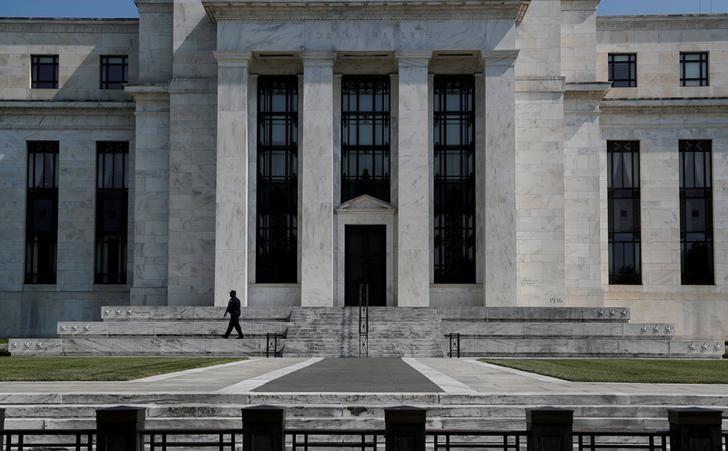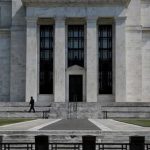
The primary factor moving the FOMC closer to a cut is the favorable inflation data from May and June. After firmer inflation figures in Q1—attributed largely to residual seasonality and typical month-to-month noise—Q2 saw significant improvement in inflation news.
Goldman Sachs economists expect the July inflation data to be favorable as well, as catch-up inflation is diminishing. The spike in the January OER should see a payback due to a six-month rotation in the sample of rental units, and residual seasonality in PCE inflation numbers is anticipated to turn negative again.
Another reason for the shift in Fed officials’ tone is the rise in the unemployment rate, which has increased by 0.1 percentage points for the past three months, reaching 4.1%. This represents a 0.7 percentage point increase from its lowest point, or nearly 0.5 percentage points on a three-month average basis.
“For now, the labor market is in a good place,” Goldman economists noted. “It is roughly as tight as before the pandemic, a period that struck a very favorable balance between full employment and near-target inflation.”
However, slack in the labor market has been increasing, and job growth has been declining.
Chair Powell has mentioned several times in the past month that further softening in the labor market would be undesirable. Nonetheless, economists expect the labor market to stabilize naturally in its current state, given the solid final demand growth indicated by the Q2 GDP report, which should support labor demand growth as well.
Still, cutting rates “sooner rather than later could help to ensure that outcome,” Goldman’s team added.
“We expect these recent trends in the data will lead the FOMC to revise its statement at next week’s meeting in ways that will hint that a cut at the following meeting in September has become more likely.”
The Wall Street bank suspects that an acceptable July CPI report could clinch a September cut. Fed leadership appears close to being convinced, and leaving the decision until the final August data could make the decision too reliant on one last CPI report.
Beyond September, the June projections suggest most FOMC participants expect the cuts to occur once per quarter as inflation continues to return to the 2% target, aligning with Goldman Sachs’ baseline forecast.
In the near term, economists said the main risk is that the FOMC might cut more quickly, possibly at consecutive meetings, if labor market data soften more than expected and the motivation shifts from normalization to actively countering an economic slowdown.
To read the full article, Click Here

